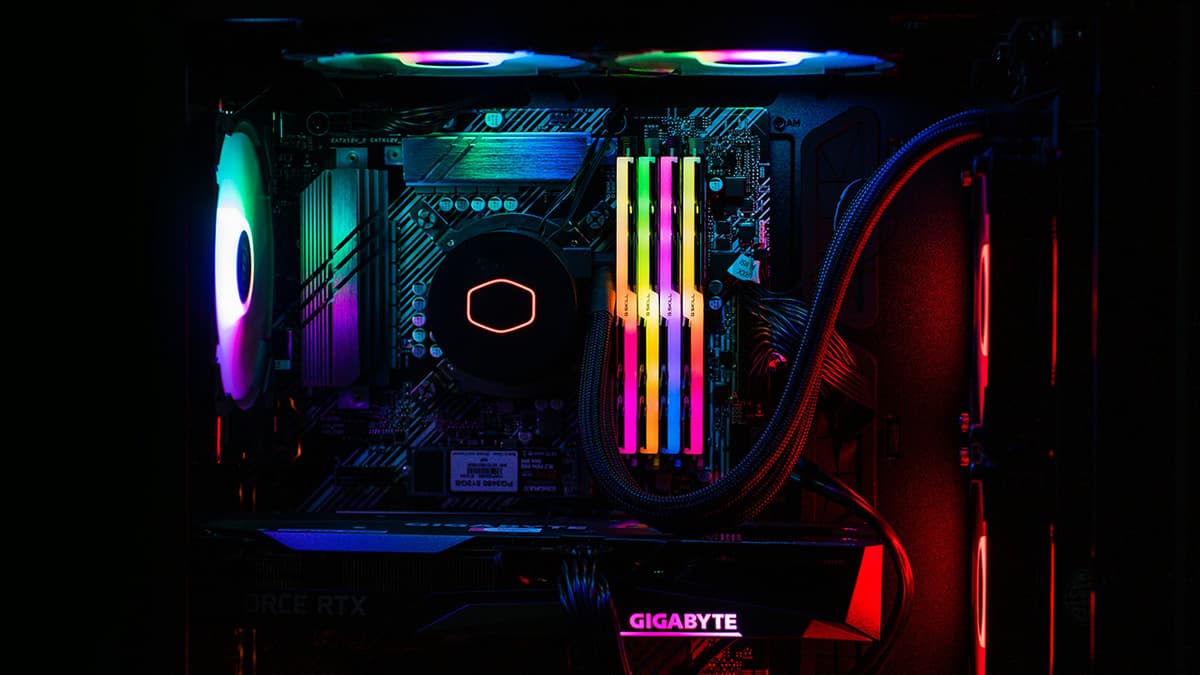What Are the 20 Key Terms You Need to Know to Master AI?
If you want to get a grip on artificial intelligence, you need to start with the right words. Here’s a list of 20 key terms that form the foundation of how AI works and where it shows up in the world. These aren’t just fancy labels—they’re the pieces that fit together to make AI tick. Learn these, and you’ll be on your way to talking about AI like someone who knows their stuff. Let’s break each one down with a subtitle so you can see what it means, how it’s used, and why it matters.
Machine Learning: Teaching Computers to Learn
Machine Learning is about teaching computers to figure things out from data without spelling out every step. Picture a program that learns to spot spam emails by studying examples of what’s spam and what’s not. It’s the backbone of most AI, letting machines adapt and improve as they go.
Neural Networks: Brain-Inspired Pattern Finders
Neural Networks take cues from how the human brain works. They’re built from layers of connected “nodes” that spot patterns—like figuring out if a picture shows a cat or a dog. These systems shine at tasks that need a keen eye for detail across tons of info.
Deep Learning: Layered Power for Tough Tasks
Deep Learning builds on neural networks by stacking more layers. This extra depth lets it tackle tough jobs, like recognizing faces in a crowd or translating speech on the fly. It’s a heavy hitter in AI, but it needs lots of data and power to run.
Natural Language Processing (NLP): Talking to Machines
Natural Language Processing, or NLP, is how AI handles human language. It’s what lets me chat with you, breaking down your words and crafting replies. NLP powers everything from voice assistants to auto-translating apps, bridging the gap between people and machines.
Computer Vision: Giving AI Eyes
Computer Vision gives machines the ability to “see.” It’s how your phone knows a face in a photo or how a system picks the right widget off a conveyor belt. This tech turns raw pixels into decisions, like spotting a stop sign on the road.
Reinforcement Learning: Rewards and Lessons
Reinforcement Learning trains AI with a system of rewards and penalties. Think of it like teaching a dog to sit—you reward the good moves and nudge it away from the bad ones. It’s big in games and systems that learn through trial and error over time.
Supervised Learning: Learning with a Guide
Supervised Learning uses labeled data to teach AI. If you feed it house prices with details like size and location, it learns to guess prices for new homes. It’s straightforward and widely used, but it leans hard on having solid examples to start with.
Unsupervised Learning: Patterns Without Labels
Unsupervised Learning flips that—it finds patterns without any labels. Give it customer shopping data, and it might group people by habits, like who buys snacks versus who grabs tools. It’s a go-to for sorting messy info into neat piles.
Generative AI: Creating from Scratch
Generative AI creates stuff from scratch. It’s behind tools that write stories or whip up fake photos that look real. This tech learns the rules of its data—like how sentences flow—then spins out new versions all on its own.
Algorithm: The AI Rulebook
An Algorithm is the recipe AI follows. It’s a set of steps, like “check this, then do that,” guiding the system to solve a problem. Simple ones might sort numbers; complex ones steer self-driving cars.
Training Data: Fuel for Learning
Training Data is the fuel for AI learning. It’s the pile of examples—like photos, text, or sales records—that a model studies to get good at its job. The better the data, the sharper the AI.
Overfitting: Memorizing Too Much
Overfitting happens when AI memorizes its training data too well. It aces the examples it’s seen but flops on anything new, like a student who only learns the test answers, not the subject.
Bias: When AI Gets Skewed
Bias creeps in when AI picks up flaws from its data or setup. If it’s trained on skewed info—like mostly male voices—it might struggle with women’s speech. It’s a tricky problem that can tilt results unfairly.
Feature Engineering: Crafting the Right Inputs
Feature Engineering is the art of picking and shaping the data that AI uses. Say you’re predicting house prices—raw numbers like square footage might not cut it, but combining them into “price per square foot” could. It’s about making data smarter before the model even sees it.
Hyperparameters: Tuning the Dials
Hyperparameters are the settings you tweak to make an AI model work better. Think of them as dials on a machine—things like how fast it learns or how many layers it has. Adjusting them right can turn a sloppy model into a sharp one.
Transfer Learning: Borrowing Smarts
Transfer Learning saves time by reusing a trained model for a new task. A system that knows cats can tweak itself to spot dogs, skipping the full retraining grind. It’s smart shortcuts in action.
Gradient Descent: Tuning with Math
Gradient Descent is a math tool to fine-tune AI. It adjusts the model bit by bit, like turning knobs to get a clearer radio signal, aiming for peak accuracy.
Large Language Model (LLM): Text Titans
Large Language Models, or LLMs, are massive text crunchers—like me! They’re trained on huge swaths of words to chat, answer questions, or write essays, flexing serious language muscle.
Inference: AI in Action
Inference is when a trained AI steps up to bat. It takes what it’s learned and makes predictions, like guessing the weather or flagging spam, all in real time.
Explainability: Making AI Clear
Explainability is about figuring out why AI does what it does. If a model denies a loan or flags a photo, you want to know the reasoning—not just get a mystery answer. It’s key for trust, especially in big decisions like healthcare or law, where opaque AI can cause headaches.












